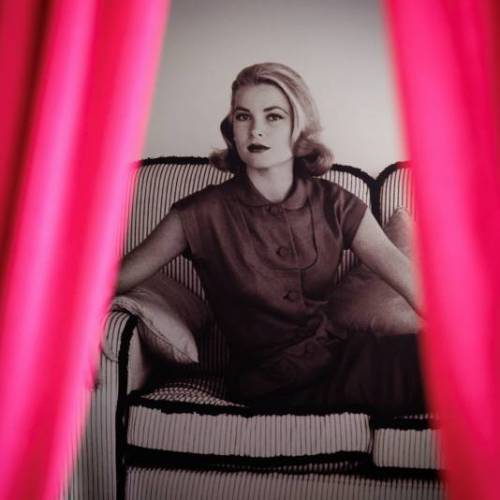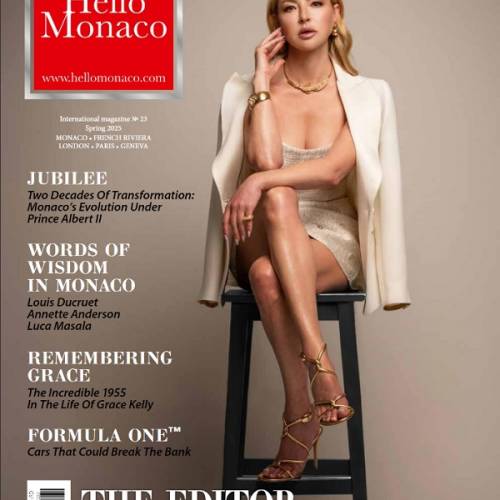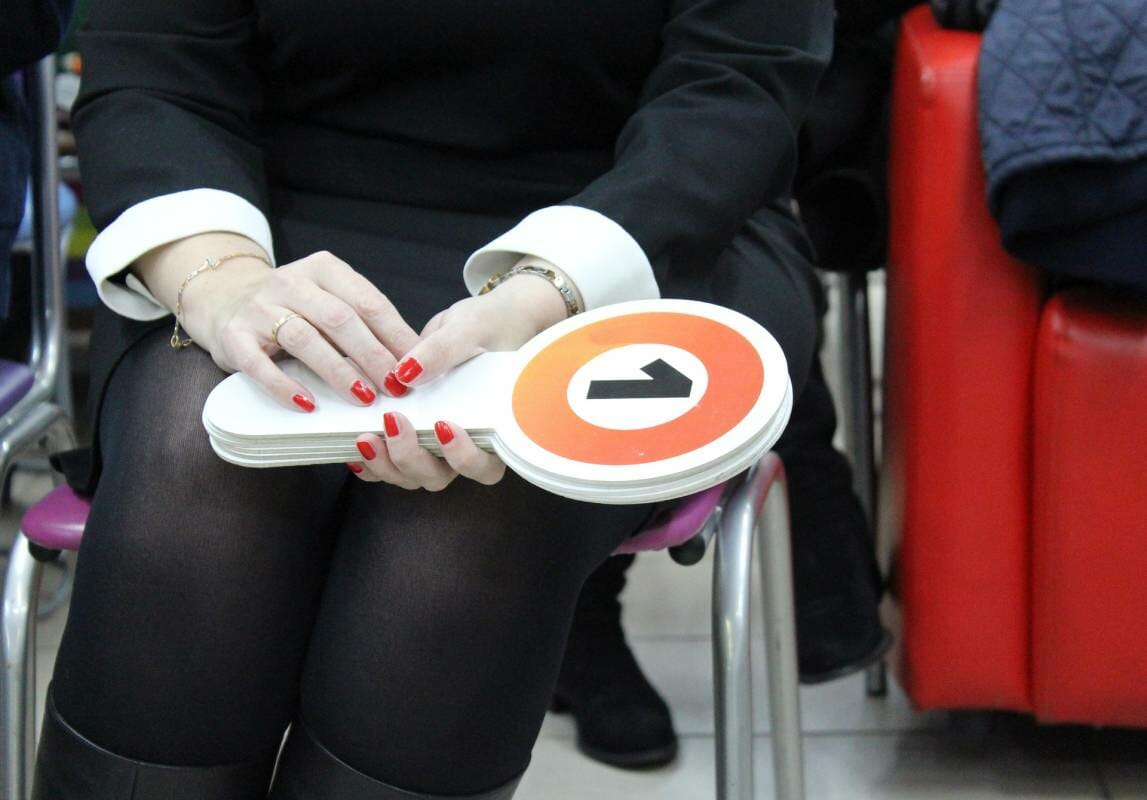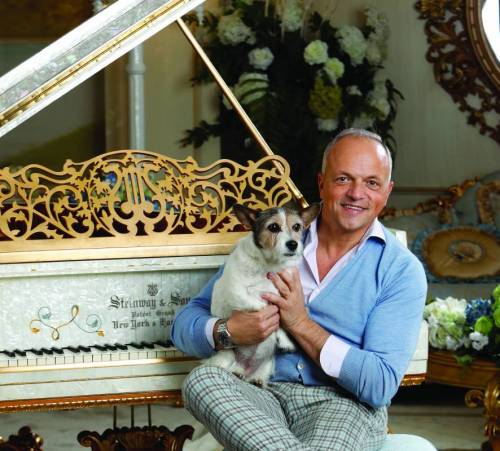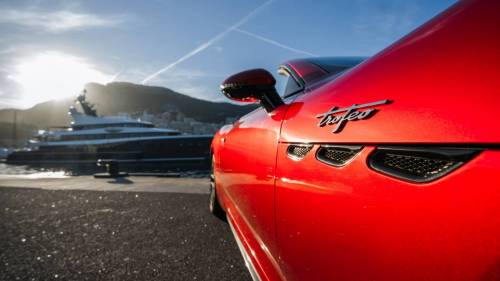Adolf Hitler’s personal phone is ready to go under the hammer at the auctions. It was recovered by a British officer, Ralph Rayner, in May 1945 in the Führerbunker, a month after the dictator’s suicide. Russian soldiers had offered the officer the gift. Red, with the name Adolf Hitler engraved on the back, topped with a swastika and an eagle. Built in 1943 by Siemens, the unit accompanied Hitler everywhere during the last two years of World War II. He used it to order the extermination of millions of Jews and communicate instructions to his generals on the battlefield. One of the last calls made on the phone was to order the death of his brother, General Hermann Fegelein for treason.
After the war, Ralph Rayner had brought the phone with him hidden in a suitcase. Shortly before his death he passed it on to his son, Ranulf Rayner, who decided to put it up for sale. “It was Hitler’s instrument of death….This type of object should not be hidden, I hope that the buyer is someone who can expose it and tell its story. The orders shouted by Hitler in the handset, many of them engraved in history is a lesson we should never forget,” said Ranulf Rayner. Listed on the 19th of February by Alexander Historical Auctions in Maryland in the United States, the object is estimated at between 200,000 and 300,000 dollars (186,000 and 279,000 euros).
154 Exceptional Cars for Sale
Every year, Artcurial Motorcars hold a special auction for collectable cars. It was at this event in 2016 that the French company broke the record for most expensive car sold at an auction (a Ferrari 335 S 1957 sold for 32.1 million euros, including fees).
This year, “the selection is large and attractive, with a particular focus on the golden age of cars, with the Hervéand Martine Ogliastro collection,” says Matthieu Lamoure, CEO of Artcurial Motorcars. A total of 154 cars will be presented on the 10th of February, including 8 from the Hervé Ogliastro collection, descendant of the Vuitton dynasty. Among them, a 57 Bugatti Atalante from 1935, estimated at between 1 million and 1.5 million euros, and a Delahaye 135 Roadster from 1936, which participated in the Le Mans 24 Hour race four times (estimated at between 1.2 million and 1.8 million euros).
Collectors can also bid on a Ferrari 166 Scaglietti Spyder Corsa from 1948 or a Renault 5 Turbo from Jean Ragnotti, which won the Tour de Corse 1982 (estimated at between 300,000 and 500,000 euros). Finally, two vehicles belonging to Johnny Hallyday will be auctioned, a Cadillac Series 62 convertible from 1953 and a Harley-Davidson Softail Springer from 1989. They will be sold in aid of the ‘La Bonne Etoile’ association.
Mysterious Painting
An element of mystery always surrounds auctions. Each catalogue has its share of enigmatic works to ignite or disappoint the auctioneer’s hammer. Today at 10 am, and at 2 pm, one item at the Hotel des Ventes de Monte Carlo did not disappoint. Under Franck Baille’s hammer, over 600 lots were presented. Antiques, Asian art, dishes. Anything and everything was available at the auction, entitled “HVMC Empty Warehouses.” An event which takes place twice a year. This time, the auction was marked by the presence of an intriguing painting of ‘Saint George slaying the dragon’.
With its richly carved wooden frame, oil on canvas (75×58 cm) it could’ve been a tricky sale because it is not signed. “Certainly a Catalan painter,” said Franck Baille, mentioning the presence of a label from a Spanish transport company.
From the house of Cézanne
“It is a painting dating from the late fifteenth to early sixteenth century, with a frame typical for the eighteenth century.” A large frame with an empty recess at the bottom: “there was probably a family’s coat of arms here before,” he said, reflecting, no doubt, a particular interest in the work.
Another riddle around this painting comes to light, “It comes from the great Bastide du Jas de Bouffan Salon, former home of Louis-Auguste Cézanne. It may have been bought by him or bought by the doctor Corzi, whose heirs had sold the place to the city of Aix to make the Cezanne Centre,” said Franck Baille. At the end of 1899, Cézanne and his two sisters sold the building to Louis Granel, an agricultural engineer and polytechnician from Carcassonne. Then in 1994, the last owner, André Corsy, sold the property, except for the farm to the city of Aix-en-Provence. Since 2002, the house and its belongings are classified as historical pieces. The painting is in relatively good shape despite a few rough edges. The work depicts a recurring theme in artistic production at the end of the Middle Ages: Saint George slaying the dragon. A biblical character represented in a “less religious” manor. Starting price: 4,000 euros.

